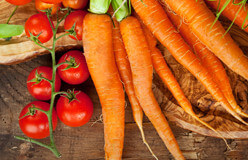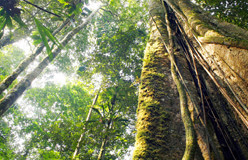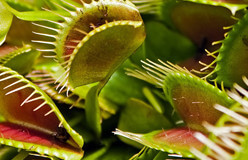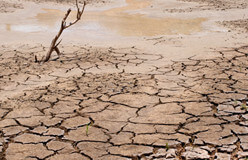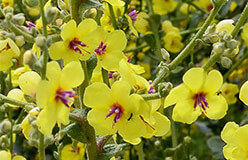Light. It’s an ingredient in what may be the most important recipe on the planet. Water and carbon dioxide are other key ingredients. The recipe is for photosynthesis. That’s the process plants use to make the food they need to live and grow.
The word “photosynthesis” means “putting together with light.” That phrase describes what occurs in plants. The food-making cells in plants use light energy to combine water and carbon dioxide. The light energy may come from the Sun. It can also be from an artificial source, such as a light bulb. In either case, the result of the process is sugar. Plants use this sugar, plus nutrients from soil, to make proteins, vitamins, and other substances necessary for life.
This is it in a nutshell: Without light energy there would be no sugar; without sugar there would be no plant life; and without plant life there would be no animals or people.
